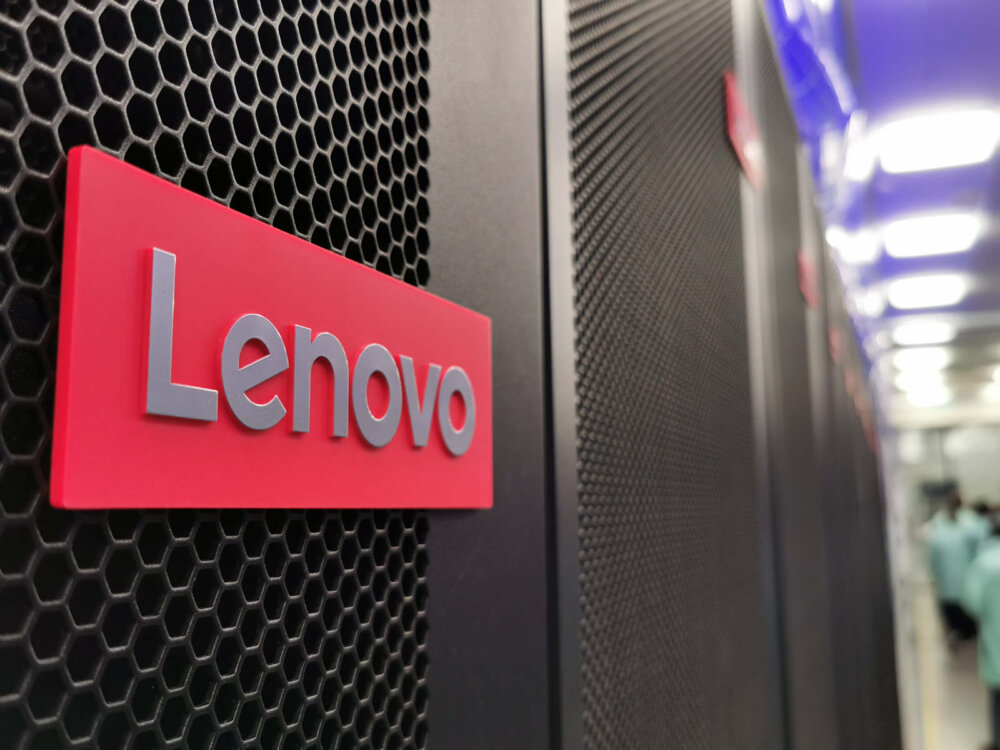
What is Wi-Fi 7?
Wi-Fi 7 – also known as 802.11be – is the next-generation standard for wireless networking. It can transmit and receive wireless data at rates of up to 46Gbits/sec – five times as fast as Wi-Fi 6 and 6E. It also slashes latency to less than 5ms, down from an average of around 20ms on Wi-Fi 6.
This is achieved through several technical improvements, including a doubling of the radio channel width from 160MHz to 320MHz. Multi-streaming capabilities are increased too, permitting Wi-Fi 7-capable routers and clients to use up to 16 concurrent data streams to communicate.
Will Wi-Fi 7 make older Wi-Fi systems obsolete?
Wi-Fi 7 uses the same 2.4GHz, 5GHz and 6GHz radio channels as Wi-Fi 6E. Older devices can connect to a Wi-Fi 7 router on any one of these radio bands, for seamless backward compatibility. Native Wi-Fi 7 devices meanwhile can use all three bands at once to maximise bandwidth and improve reliability.
Why do we need Wi-Fi 7?
In many cases, we don’t. Wi-Fi 6 and 6E are already fast enough for most current home and business needs. They’re also much faster than the typical internet connection – so there are limited benefits to further increasing Wi-Fi performance.
Within company premises, however, Wi-Fi 7 could provide ultra-fast LAN connections without the cost and limitations of wired infrastructure. And Wi-Fi 7’s ability to connect across multiple radio bands helps overcome interference and drop-outs, resulting in a more reliable network overall
The reduced latency of Wi-Fi 7 can also improve online communications. Audio and image data can flow back and forth with less lag, enabling video calls and virtual meetings to feel more natural and interactive.
And as internet bandwidth increases, Wi-Fi 7 will be the natural choice for streaming immersive 3D content from cloud servers – potentially for virtual or augmented reality applications, or for real-time gaming.
When will Wi-Fi 7 be available?
Although the official approval process is still underway, the technical specification for Wi-Fi 7 is complete, and several manufacturers are already developing or manufacturing Wi-Fi 7 hardware.
In China, Xiaomi has launched its first smartphone using the new technology, and TP-Link has announced a range of Wi-Fi 7 infrastructure products for release in 2023, including routers, meshes and enterprise access points. Other manufacturers are expected to follow before the end of the year.
Availability doesn’t mean widespread adoption, however. Most homes and businesses will be fine with Wi-Fi 6 and 6E for a long time to come. And while the next generation of client devices will certainly support Wi-Fi 7, it’s doubtful that phones and laptops will be able to accommodate 16-stream MIMO – meaning they won’t see the full five-fold performance increase.
For these reasons, initial demand for Wi-Fi 7 is likely to be low, and the technology will probably take several years to become the norm.
Summary
- Wi-Fi 7 is up to five times faster than Wi-Fi 6 and 6E, with much lower latency.
- The benefits include faster network connections, and communications experiences that feel closer to real-time.
- Manufacturers are already producing Wi-Fi 7 hardware, with a wide range of compatible devices expected by the end of 2023.
- Wi-Fi 7 is overkill for many current roles, and take-up is likely to be gradual.
NEXT UP

Dear Lord, let this be the last World Password Day
Security expert Davey Winder explains why he wants this to be the last World Password Day ever and prays for World Passkey Day instead

Mark Allen, Head of Cybersecurity at CloudCoCo: “It’s alarming to witness the extent to which deepfakes can be weaponised”
Mark Allen, Head of Cybersecurity at CloudCoCo, provides what amounts to a step-by-step guide to keeping your business more secure against cyberattacks – including deepfakes

Inside Lenovo’s Budapest factory: making workstations more sustainable
Lenovo has just switched on 5,072 solar panels to make its Budapest factory more sustainable. We go behind the scenes